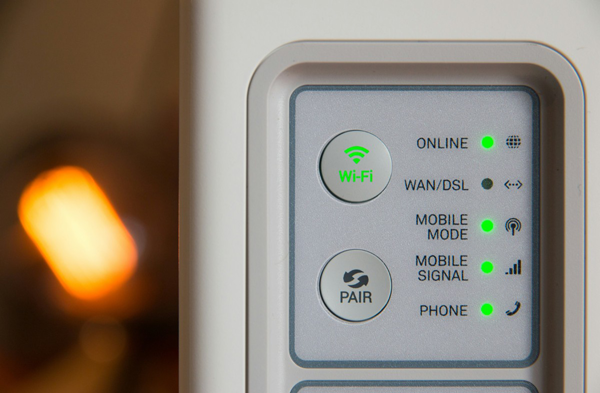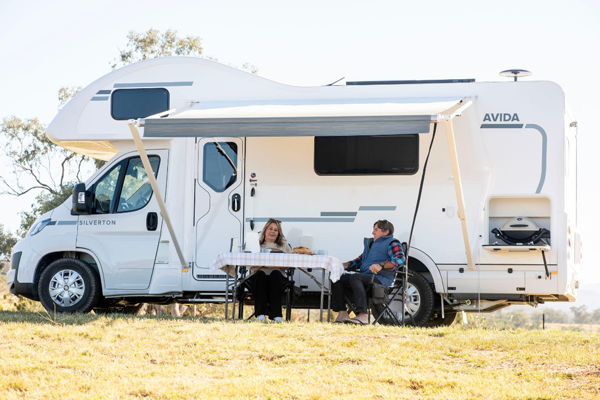
Australia has traditionally been a caravanning country, whereas Europe, the USA and New Zealand tend to favour motorhomes. However, mindsets are changing. As we age, it seems that the fuss and bother of towing becomes less attractive and other choices are being considered for comfort and practicality.
Towing a small vehicle behind your motorhome/RV is becoming increasingly popular. It gives you the ability to leave your motorhome on site and then explore the surrounding area. Many also tow a 4WD so that they can visit some of the more remote areas found in Australia – areas only accessible by 4WD. Some motorhomers even have a roof top boat on their 4WD so they can explore and fish the inland waterways and estuaries they encounter during their travels.
What are the Pros and Cons?
What you can tow depends on the size of the towing vehicle, the GCM of the towing vehicle, the ball rating and so on. Then there’s fuel economy: a caravan being towed by a largish tow vehicle can use a fair bit more fuel than your average, mid-sized motorhome.
The most common argument favouring towing is that once you set up your RV, you then have a commuter car in which to go exploring. While that’s true and makes some sense, it isn’t always the best solution, particularly in comparison to the freedom offered by a motorhome.
Towing makes some people uncomfortable. It’s not just the actual task of towing – worrying about sway and whether the van is still behind you – it’s the stress of arriving at your destination and reversing your caravan onto your site, often in front of an audience of interested bystanders.
Motorhomes are quite easy to set up, probably because there’s so little to do. You arrive at the campsite, drive onto relatively level ground, and put the kettle on – that’s your set-up. Then, put the awning out if you wish and plug into power and water eventually, if at all.
You may want to explore the local area in your motorhome, and once again, the process is simple. The beauty of taking your motorhome is that wherever you go, you have everything with you. If the weather turns cold, you can grab a jacket out of the wardrobe. If you get hungry, you can cook a meal. If you come across a fishing hole, you can bait your rods. If you find a fantastic destination, just stay there – no need to go back to your last camp spot.
Reasonable-sized caravans (with shower and toilet) and mid-sized motorhomes cost about the same, when you take into consideration the cost of a reasonable-sized vehicle to tow the caravan. Although, with the caravan package, you may be up for two registrations, not just one.
At the end of the day, both have their positives. Keep an open mind, list the things that are important to you, and make your own mind up from there.
Flat Towing
If you wish to tow a vehicle behind your motorhome, the simplest and most trouble free way is to flat tow. Flat towing is where the towed vehicle is towed on all four wheels. When flat towing, you get minimal sway and the towed vehicle tracks best behind the motorhome. The setup is far quicker and easier to use compared to towing the vehicle on a trailer.
A popular method of flat towing is to use an “A” Frame. They consist of a customised frame that is permanently fitted to the chassis of the vehicle being towed. An “A” frame then joins the tow vehicle to the motorhome – by the 50mm receiver on the towbar of the motorhome. Most A Frames have release pins to ensure easy release and attachment to the towed vehicle. Safety cables ensure that the system more than complies with all Australian safety standards. Once the towed vehicle is uncoupled, the towing mechanism is left on the motorhome and can be folded up out of the way.
To comply with Australian and State Regulations, the “A” frame must be complemented with an independent braking system if the towed vehicle weighs more than 750 kilograms. The braking system is air operated. If your RV does not have air brakes, a compressor is fitted in line to activate the brake peddle of the car directly from the braking system of the motorhome. Each time you use the brakes on your motorhome, a piston in the towed vehicle operates the brakes. Finally, the lighting system of the towed vehicle is wired so that it can be plugged into the motorhome – as you would for a trailer.
All motorhome owners must ensure that all Manufacturer’s towing specifications and Government towing regulations are complied with. So, if you wish to tow a small vehicle behind your motorhome, flat towing is the ideal way!


